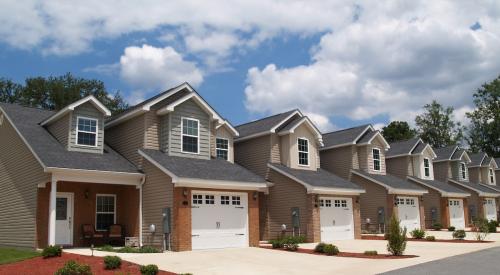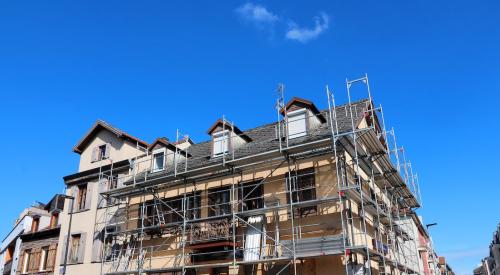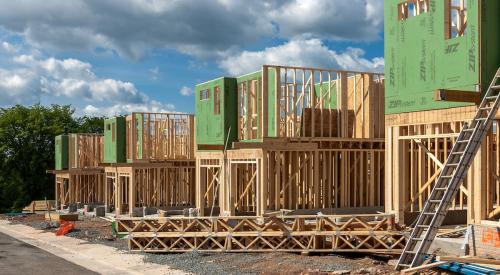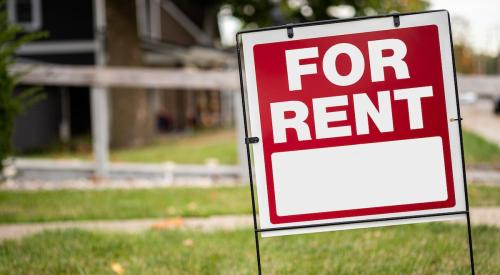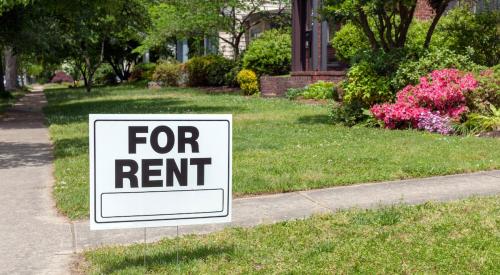Single-family built-for-rents, touted as a possible solution to the housing shortage, have all perks of a house with the flexibility of rent. But they are not catching on as well as some champions of the concept have hoped. Though built-for-rents are more popular than they were at the start of the decade, the current market share of 4.2 percent dropped from the 5.8 percent share in 2012. And the estimated starts went down as well: For the fourth quarter of 2018, experts estimated that there were roughly 10,000 starts. One year later, they were at only an estimated 7,000.
The number of single-family homes built-for-rent (SFBFR) posted a year-over-year decline for
the fourth quarter of 2019. The SFBFR market has received attention as a means to add single-family inventory amid concerns over housing affordability and downpayment requirements in the for-sale market. Single-family built-for-rent construction does differ in structure characteristics compared other newly-built single-family homes.
According to NAHB’s analysis of data from the Census Bureau’s Quarterly Starts and Completions by Purpose and Design, there were approximately 7,000 single-family built-for-rent starts for the final quarter of 2019. This is lower than the 10,000 estimated for the fourth quarter of 2018. Over the last four quarters, 38,000 such homes began construction, which is lower than the 43,000 estimated SFBFR starts for the four quarter prior to that period.
Given the small size of this market segment, the quarter-to-quarter movements typically are not statistically significant. The current four-quarter moving average of market share (4.2%) remains higher than the recent historical average of 2.7% (1992-2012) but is down from the 5.8% reading registered at the start of 2013. As measured for this analysis, this class of single-family construction excludes homes that are sold to another party for rental purposes, which NAHB estimates may represent another two percent of single-family starts. The estimates in this post only include homes built and held for rental purposes.

